How to Ensure Authenticity in OEM Green Tea Products
Ah, green tea the elixir of health, the nectar of wellness, and the unofficial poster child for “I’m trying to be healthy, but I still love caffeine.” With its antioxidant-rich profile and reputation for promoting everything from weight loss to Zen-like calm, green tea has become a staple in kitchens and cafes worldwide. But as the demand for this verdant potion skyrockets, so does the number of imposters in the market. Enter OEM (Original Equipment Manufacturer) green tea products a realm where authenticity can sometimes feel as elusive as a perfect Instagram filter.
If you’re navigating the murky waters of OEM green tea products and wondering how to separate the real deal from the shady knockoffs, fear not! This guide will help you sip with confidence while keeping your wit as sharp as your tea leaves.
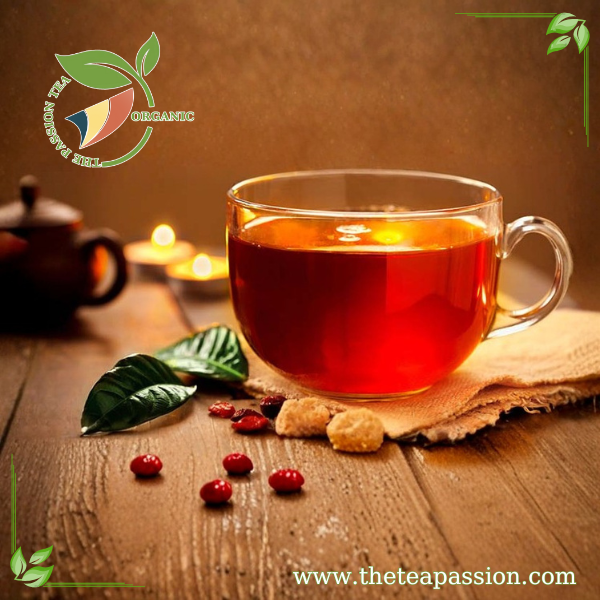
1. Know Thy Leaf
First things first: green tea is not just “green tea.” It comes in a dazzling variety of forms matcha, sencha, gyokuro, bancha, and more. Each type has its own flavor profile, processing method, and price point. If you’re buying OEM green tea products, make sure you know what type of green tea you’re dealing with. Are they claiming it’s ceremonial-grade matcha? Or is it a humble sencha? Understanding the basics of tea types will help you spot inconsistencies faster than you can say “steep.”
If a product claims to be matcha but looks like faded grass clippings, run. Matcha should be vibrant green not sad beige.
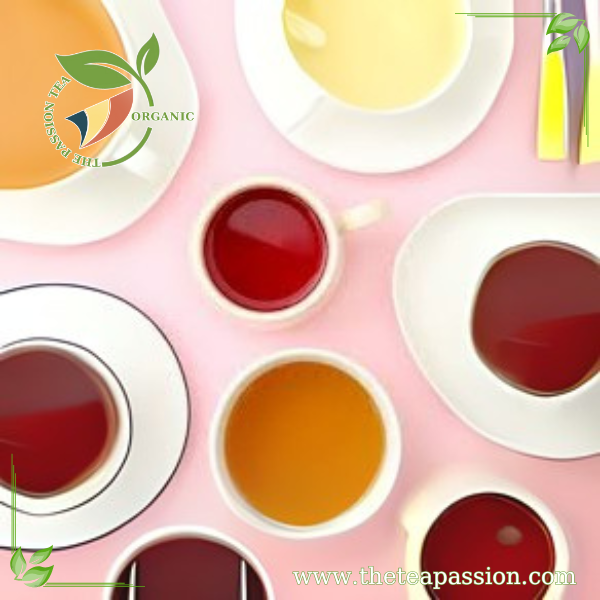
2. Check the Source
Authenticity begins at the roots literally. The region where green tea is grown plays a huge role in its quality and flavor. Japan and China are the reigning champions of green tea production, each boasting centuries of expertise. If an OEM green tea product claims to hail from these regions, look for specifics. Does it mention Uji (Japan’s matcha mecca) or Zhejiang (China’s green tea hub)? Or is the label suspiciously vague, like “imported from Asia”? Trust me, “Asia” is not a flavor profile.
Bonus points if the product provides details about the farm or cooperative that grows the tea. Transparency is always a good sign.
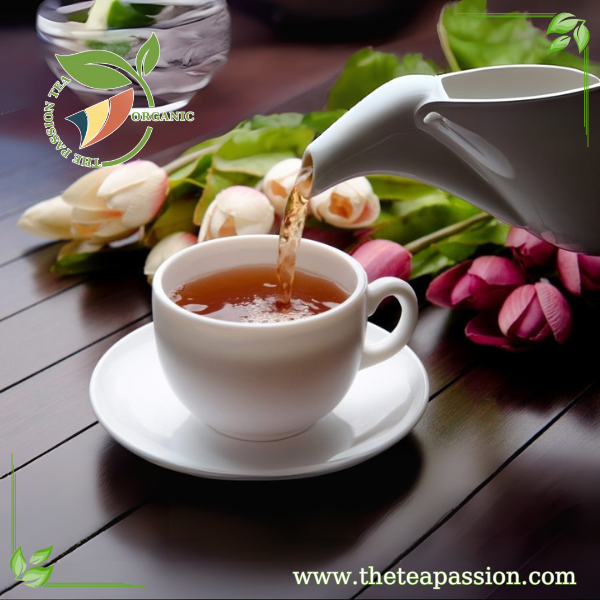
3. Packaging: The Tea Detective’s Playground
They say you shouldn’t judge a book by its cover but judging tea by its packaging? Totally fair game. Authentic OEM green tea products usually come with thoughtful packaging that reflects the care put into their creation. Look for airtight containers or resealable bags that protect the tea from light, air, and moisture (the unholy trinity of tea degradation).
Also, pay attention to labels. Genuine products often include certifications like USDA Organic, JAS Organic (Japan), or EU Organic. If the label looks like it was designed in Microsoft Paint circa 1998, proceed with caution.
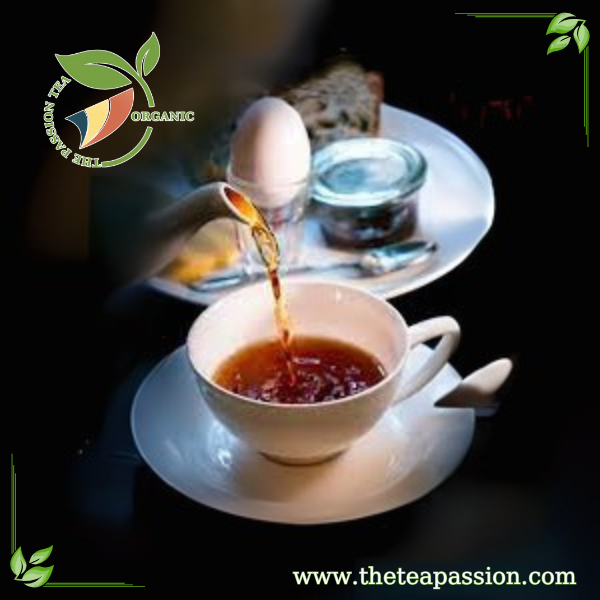
4. Ingredients: Keep It Simple
Green tea should be… well, green tea. If an OEM product lists a laundry list of ingredients that sound like they belong in a chemistry textbook rather than your teacup, it’s time to raise an eyebrow. Additives like artificial flavors, sweeteners, or mystery powders are red flags for authenticity.
That said, some OEM products blend green tea with other natural ingredients (e.g., jasmine flowers or lemon peel) to create unique flavors. These are perfectly fine as long as they’re upfront about what’s in the mix.
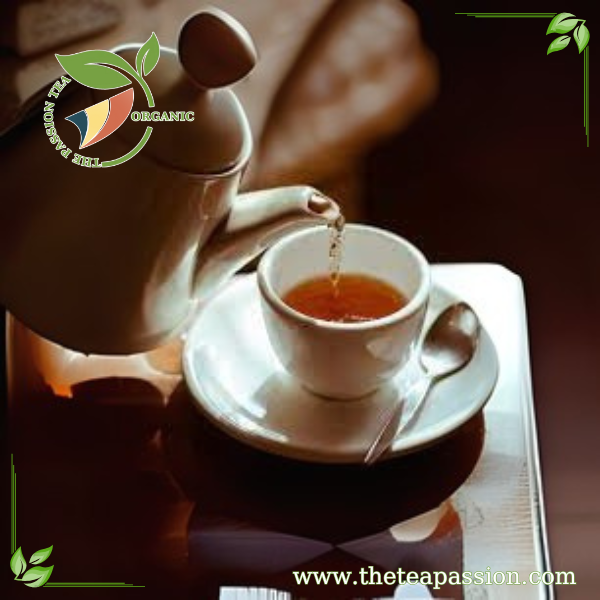
5. Taste Test Like a Pro
Ah, the moment of truth: tasting the tea. Authentic green tea should have a clean, refreshing flavor with subtle grassy notes. Depending on the type, it might also have hints of sweetness (matcha), umami (gyokuro), or nuttiness (bancha). If your green tea tastes bitter, metallic, or like it’s been steeped in regret, chances are it’s either low-quality or improperly processed.
Don’t oversteep! Even the best green tea can turn bitter if you let it sit in hot water longer than necessary. Follow brewing instructions carefully your taste buds will thank you.
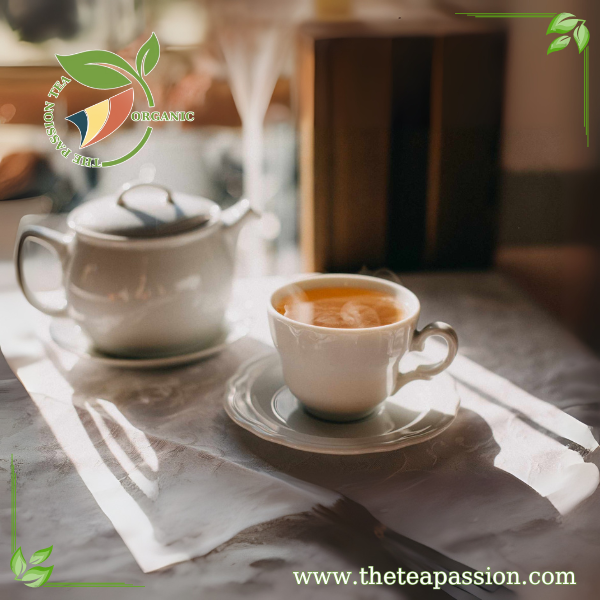
6. Certifications: The Seal of Approval
Certifications are like merit badges for tea they prove that someone reputable has checked the product for quality and authenticity. Look for certifications from organizations like Fair Trade, Rainforest Alliance, or organic certifiers. These stamps not only ensure authenticity but also indicate ethical practices in production a win-win for your conscience and your cup.
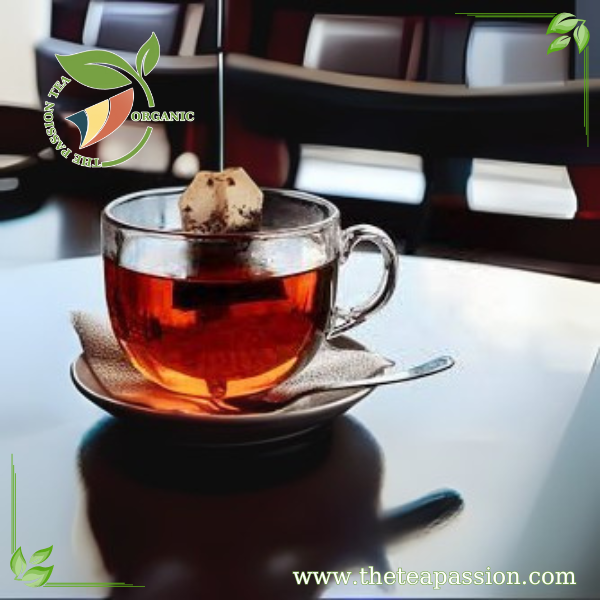
7. Price vs. Promise
Let’s talk money because when it comes to green tea, you often get what you pay for. High-quality OEM green tea products aren’t dirt cheap; after all, there’s a lot of work involved in growing, harvesting, and processing those delicate leaves. If a product claims to be “premium ceremonial-grade matcha” but costs less than your morning latte, something’s fishy and it’s not sushi.
That said, expensive doesn’t always mean authentic either. Some brands slap on a hefty price tag purely for marketing purposes. Do your research and compare prices within the same category of green tea to avoid getting duped.
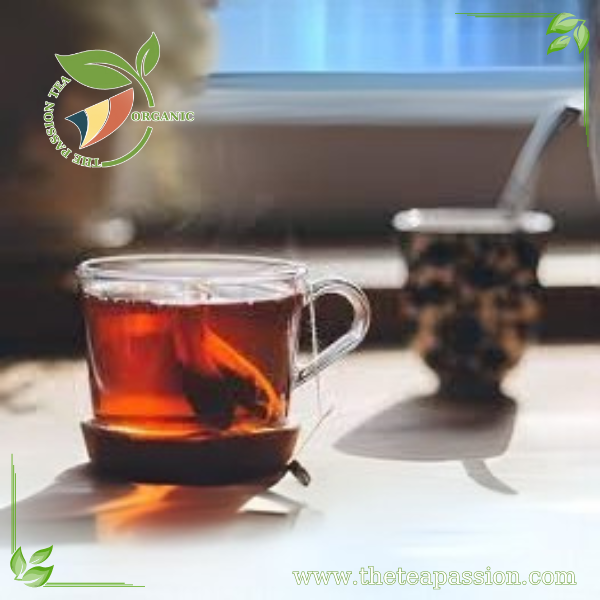
8. Reviews: The Modern-Day Oracle
When in doubt, consult the wisdom of the internet or at least its collective opinions. Customer reviews can provide valuable insights into whether an OEM green tea product lives up to its claims. Look for reviews that mention taste, packaging quality, and overall satisfaction. Be wary of products with overwhelmingly positive reviews that sound suspiciously robotic yes, even tea has fake fans.
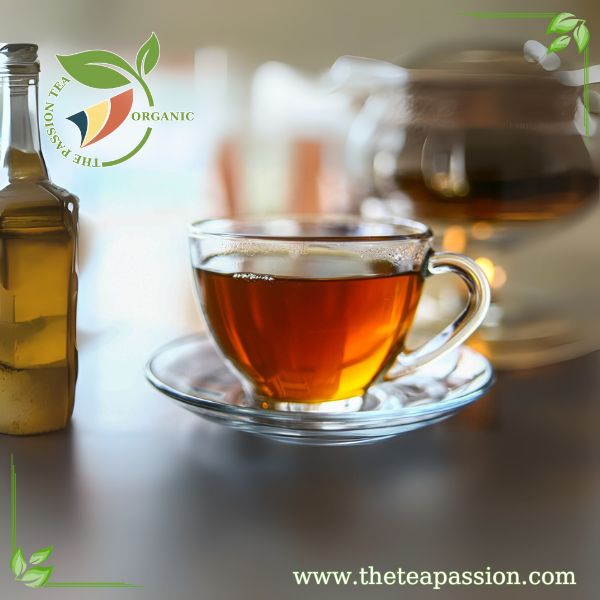
9. Trust Your Gut (And Your Cup)
At the end of the day, authenticity isn’t just about certifications or fancy packaging it’s about how the product makes you feel. Does it taste good? Does it align with your expectations? Does it spark joy (Marie Kondo-style)? Trusting your instincts can often lead you to better decisions than overthinking every detail.
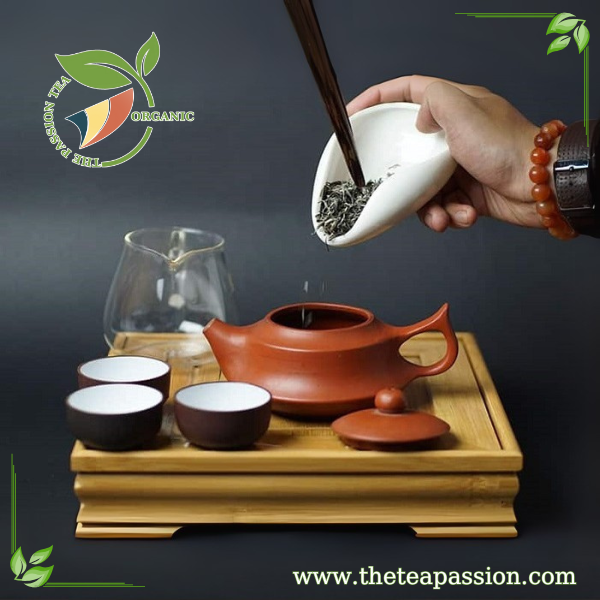
10. The Golden Rule: Don’t Settle for Mediocre
Life is too short for bad tea or bad knockoffs masquerading as good tea. Whether you’re sipping matcha lattes or brewing loose-leaf sencha, aim for quality over quantity. Authenticity isn’t just about proving a product is real; it’s about ensuring it delivers the experience you deserve.
So next time you find yourself staring at a shelf full of OEM green tea products or scrolling through endless online options, remember these tips and approach your quest for authenticity with equal parts curiosity and wit. After all, finding great green tea is like finding great friends: rare but oh-so-worth-it.
Now go forth and sip wisely!
